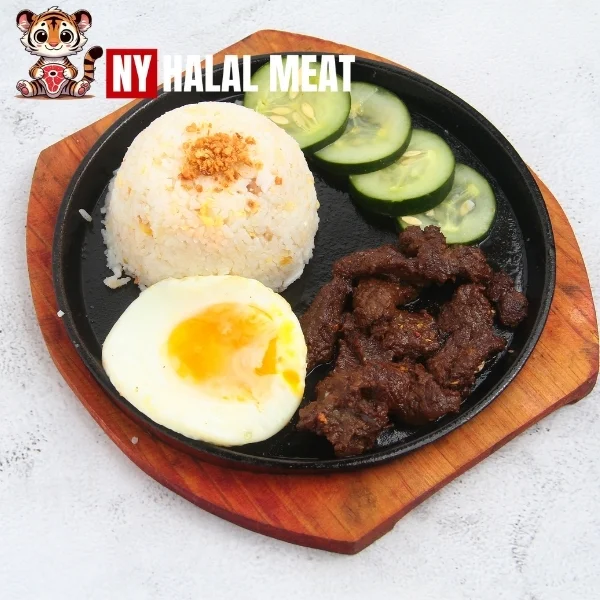Why Meat Should Be at Room Temp Before Cooking
Why Meat Should Be at Room Temperature Before Cooking: A Guide to Juicy, Evenly Cooked Meals
Have you ever bought a piece of steak and roasted it only to find it lacking in taste? If you’ve wondered why your roast isn’t as juicy or your steak isn’t tender, the answer might be simpler than you think. Allowing meat to come to room temperature before cooking is a technique most professional chefs swear by. It ensures that your meat is perfectly cooked every time. In this article, we’ll explain why room-temperature meat cooks better, the science behind it, and how to safely prepare it for optimal taste and texture.
The Science Behind Cooking Room-Temperature Meat
When meat is cold, the temperature difference between the surface and the core is significant. This can cause the outer layers to overcook while the inside remains undercooked or chewy. Allowing the meat to come to room temperature helps it cook evenly, yielding maximum flavor and tenderness.
What Are the Considerations of Cooking Meat Straight From the Fridge?
Cooking meat directly from the fridge is not advisable because:
- Negative Effects on Cooking Process: Cold meat may result in an undercooked center and overcooked edges.
- Loss of Juiciness: Cold meat can lose moisture faster during cooking, resulting in dryness.
- Altered Texture: The temperature shock can make some cuts tougher, making them harder to chew.
To avoid these issues, it’s best to let your meat warm up slightly before cooking.
Why It’s a Good Idea to Bring Meat to Room Temperature
Here are some benefits:
- Improved Texture Quality: Room-temperature meat tends to have a better texture after cooking.
- Enhanced Flavor: When meat cooks evenly, its natural flavors shine through.
- Reduced Cooking Time: Pre-warmed meat cooks faster, getting meals to the table quicker.
How Long Should Meat Sit Before Cooking?
Use this guide based on meat type:
- Chops: Let steak sit for 20-30 minutes.
- Chicken Breasts and Thighs: 15-20 minutes is sufficient.
- Whole Roasts or Large Cuts: 30-60 minutes, depending on size.
Note: Avoid leaving meat out for more than an hour to ensure food safety.
Do’s and Don’ts for Safely Thawing Meat Outside
- Cover It: Use a cloth or plastic wrap to protect the meat.
- Use a Clean Surface: Make sure the counter is sanitized.
- Choose a Cool Spot: Place the meat in a cooler area of the kitchen if the temperature is high.
Does This Apply to Every Kind of Meat?
Generally, yes, but with exceptions:
- Fish and Seafood: These should be kept cold and do not benefit from room temperature.
- Ground Meat: Due to bacterial risks, ground meat should remain chilled until cooking.
3 Common Myths About

- Myth: “Meat will spoil if left outside.” Truth: Most cuts are safe for up to an hour.
- Myth: “Cold meat makes no difference.” Truth: Cold meat cooks unevenly, affecting texture, flavor, and moisture.
Conclusion
Bringing meat to room temperature is an easy way to elevate your cooking. It improves the flavor, texture, and quality of meat dishes. Next time you prepare a steak or roast, allow it to sit out for a few minutes—you’ll notice the difference with every bite!


